Regulation of Emotion
a Teachers Guide to Support Students
Regulation of Emotion
Discussed In This Episode
✅ Understanding behavior through the lens of emotional regulation
✅ Addressing complex classroom behaviors with proactive strategies
✅ Recognizing developmental differences in behavior expectations
✅ Teaching emotional literacy and self-regulation skills
✅ Implementing targeted support for students with neurodevelopmental differences
Learn more about Regulation of Emotion by having a listen to this weeks podcast – I’ll see you there!
Download the FREE Ebook below, Grab a Cuppa and join me for a deep dive into
Understanding Behaviour and Regulation of Emotion – Everything you need to know about Meltdowns, Shutdowns, Tantrums & More. What to do, Why to do & Why your current plan probably isn’t working
The FREE e-book includes:
✅ 10 Common Reasons for Anger
✅10 Common Reasons for Anxiety
✅ 11 Questions to Ask when you see a Behaviour
✅ Easy Reference to Meltdowns, Shutdowns, Tantrums and Veneer of Coping. The difference between them and what to do
✅ Creating your own Response Plan
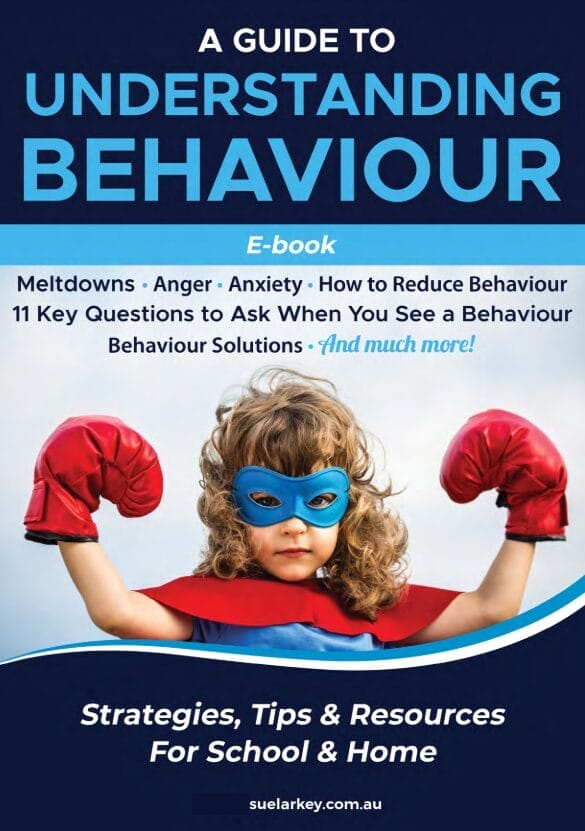
by Sue Larkey, B Spec Ed, Ma Spec Ed
- The podcast ‘Sue Larkey’ has over 1.3 million downloads
- Sue Podcast is #1 Apple Podcast Ranked (Australia: Course Category)
- Podcast Resources used by Leading Universities to train teachers such as Monash University, Canberra University
- Over 135,000 subscribers to her weekly E-Newsletter in over 30 countries
- A key role at Western Autistic School in Melbourne, facilitated the integration of students with autism into mainstream primary schools. Her responsibilities included initial planning and ongoing support to ensure smooth transitions and successful inclusion.
Top Tips From Podcast
1) Some children use a “veneer of coping” where children hold it together at school but may have meltdowns at home.
2) “11 key questions to ask when you see a behavior” checklist provided in the ebook (download above!)
3) Replacing unwanted behaviors instead of trying to stop them, for example providing alternatives for fidgeting like sensory tools.
4) How to create a response plan that outlines the stages of a meltdown: buildup, survival, meltdown or shutdown, and recovery.
5) Consider comparing a child’s behavioral age to their chronological age (e.g., treating a 7-year-old’s behavior as that of a 4-year-old) to set appropriate expectations.
7) Share personal emotions and frustrations throughout the day to model emotional literacy for students. Learn how through Emotional Regulation Course
8) Use whole-class activities to gauge emotions, such as asking all students to raise their hands if they find a task boring, hard, or easy.
9) Teach children to recognize physical signs of emotions, like noticing voice changes as an indicator of anxiety. Learn how through Emotional Regulation Course
10) Creating a list of what makes individual children anxious or angry based on the 10 common reasons provided in the ebook.
Emotional Regulation Course!
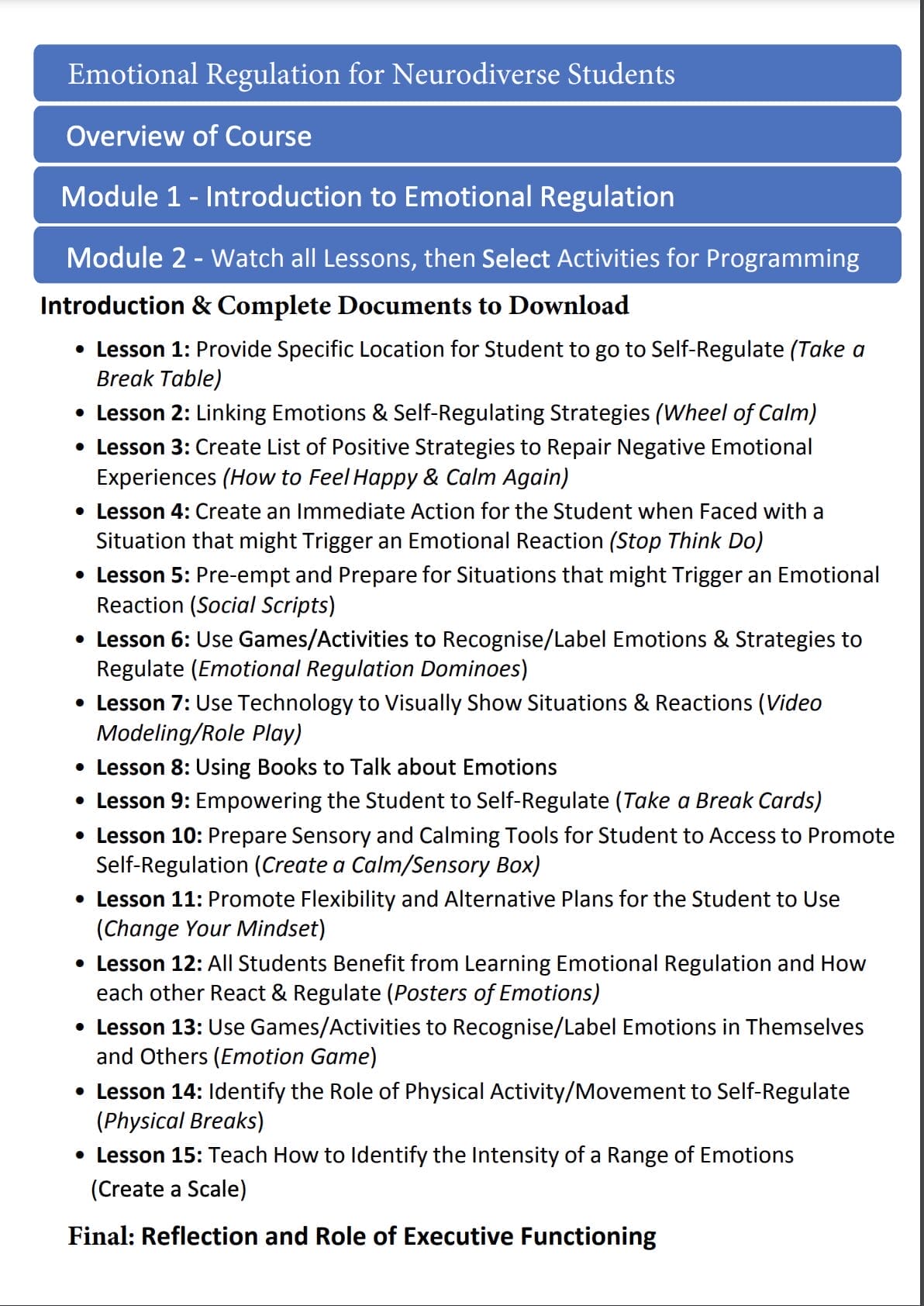
The Educators Challenges this Course helps with:
- Difficulty managing disruptive behaviours stemming from poor emotional regulation in students with autism, ADHD, ODD, PDA, and OCD.
- Struggling to teach self-awareness and self-management skills to neurodiverse students in a busy classroom environment.
- Uncertainty about aligning teaching strategies with official curricula like ACARA and NESA PDHPE for students with diverse needs.
- Challenges in helping students identify and articulate their emotions, particularly those with limited emotional literacy.
- Difficulty teaching neurodiverse students to recognize physical manifestations of emotions in their bodies.
- Struggling to create individualized strategies that cater to each neurodiverse student’s unique needs and preferences.
- Limited resources and materials specifically designed for teaching emotional regulation to neurodiverse students in a classroom setting.
Students with Neurodiversity need to be explicitly taught emotional regulation skills. This course is designed for Educators to help teach students to understand and then regulate their emotions, which is one of the keys to challenging behaviour. This step by step method allows you to learn at your own pace. It also included great time savers e.g. templates ready to download and cheat sheets to use immediately. It is designed to work with ALL Students in your busy and complex classroom.
- Certificate provided on completion of the course.
- Tax Invoice issued immediately on Purchase.
- The course is self-paced and you will have access to all 3 hours of accredited training which you can view at a time on any device.
Plus Bonus Materials
Also includes:
- 74 Downloadable Pages of Printables and Templates.
- Transcript of Course
- Programme – 5 Steps for Teaching Emotions
- My Feelings Journal and Instructions on How to use in your classroom
RECOMMENDING BOOKS FOR BEHAVIOUR AND REGULATION OF EMOTION
-
Sale!

The Ultimate Guide to School and Home
Original price was: $44.95.$34.95Current price is: $34.95. -

Teacher Assistants Big Red Book of Ideas
$39.95 -

Teacher Assistants Big Blue Book of Ideas
$39.95 -

Behaviour Solutions for the Inclusive Classroom
$29.95 -

The Red Beast
$45.95 -
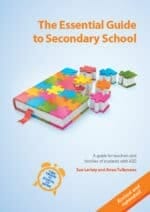
The Essential Guide to Secondary School
$44.95 -

RED and BLUE BOOK BUNDLE
$75.00 -

How to be a Superhero called Self-Control
$45.95 -

The Disappointment Dragon
$45.95 -

Tips for Toileting
$29.95 -

The Panicosaurus
$45.95 -
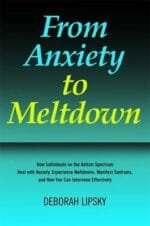
From Anxiety to Meltdown
$48.95 -
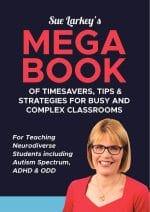
Sue Larkey’s MEGA BOOK of Timesavers, Tips & Strategies for Busy and Complex Classrooms
$49.95 -
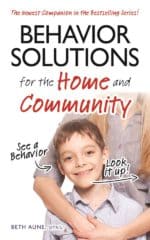
Behavior Solutions for the Home and Community
$29.95 -
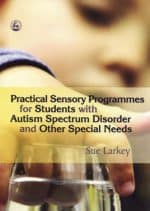
Practical Sensory Programmes
$71.95 -

More Behavior Solutions In and Beyond the Inclusive Classroom
$29.95 -
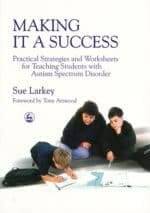
Making it a Success
$47.95 -
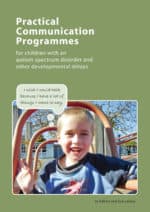
Practical Communication Programmes
$44.95 -
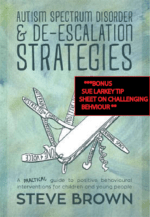
Autism Spectrum Disorder & De-Escalation Strategies
$40.95 -

No More Meltdowns
$29.95 -
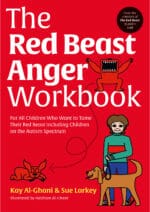
Red Beast Anger Workbook
$48.95 -
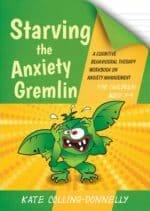
Starving the Anxiety Gremlin for Children Aged 5-9
$45.95 -
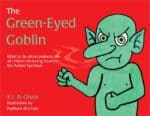
The Green-Eyed Goblin
$45.95 -

Starving the Anger Gremlin for Children Aged 5-9
$45.95 -
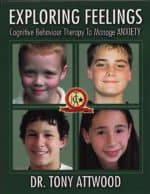
Exploring Feelings: Cognitive Behaviour Therapy to Manage Anxiety
$38.95 -

Exploring Feelings: Cognitive Behaviour Therapy to Manage Anger
$38.95 -

The Educator’s Experience of Pathological Demand Avoidance An Illustrated Guide to Pathological Demand Avoidance and Learning
$45.95 -
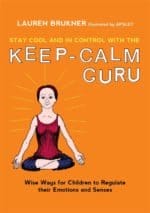
Stay Cool and In Control With The Keep-Calm Guru
$45.95 -
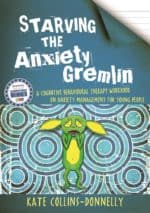
Starving the ANXIETY Gremlin
$45.95 -

Super Shamlal – Living and Learning with Pathological Demand Avoidance
$45.95 -

Can I tell you about Pathological Demand Avoidance syndrome?
$31.95 -
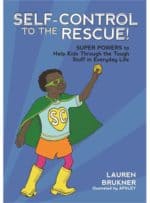
Self-Control to the Rescue
$45.95 -

Starving the Anger Gremlin
$45.95 -

Winston Wallaby Can’t Stop Bouncing
$45.95
Other Related Resources and Podcasts of Interest – Strategies for Common Playground Behaviours
Strategies for Common Behaviours in Children with Autism
More Strategies for Common Behaviours with Autims
UNDERSTANDING AuDHD: Teaching & Supporting Students with Autism and ADHD Co-occurrence
✅ 2 Hours, 8 Lessons
✅ 6 Weeks to Complete 🎁 Bonus 6 Months Access (available until 28 Oct 25)
✅ Certificate of Completion
✅ Lesson Transcripts
 2 Hours
2 Hours
 Certificate
Certificate
USUALLY $149, NOW $49



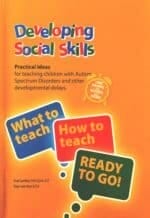









 Sorry we no longer ship items outside Australia. Please consider the digital versions of Sue’s Books –
Sorry we no longer ship items outside Australia. Please consider the digital versions of Sue’s Books – 